“There will be more versions of Avatar 2 than any movie in the history of movies”, said John Fithian, president, and CEO of the NATO (National Association of Theatre Owners). “We are talking about high resolution, high frame rates, 3D, IMAX, PLF, different sound systems, and in 160 different languages” he added. What version should you choose to watch the anticipated film?
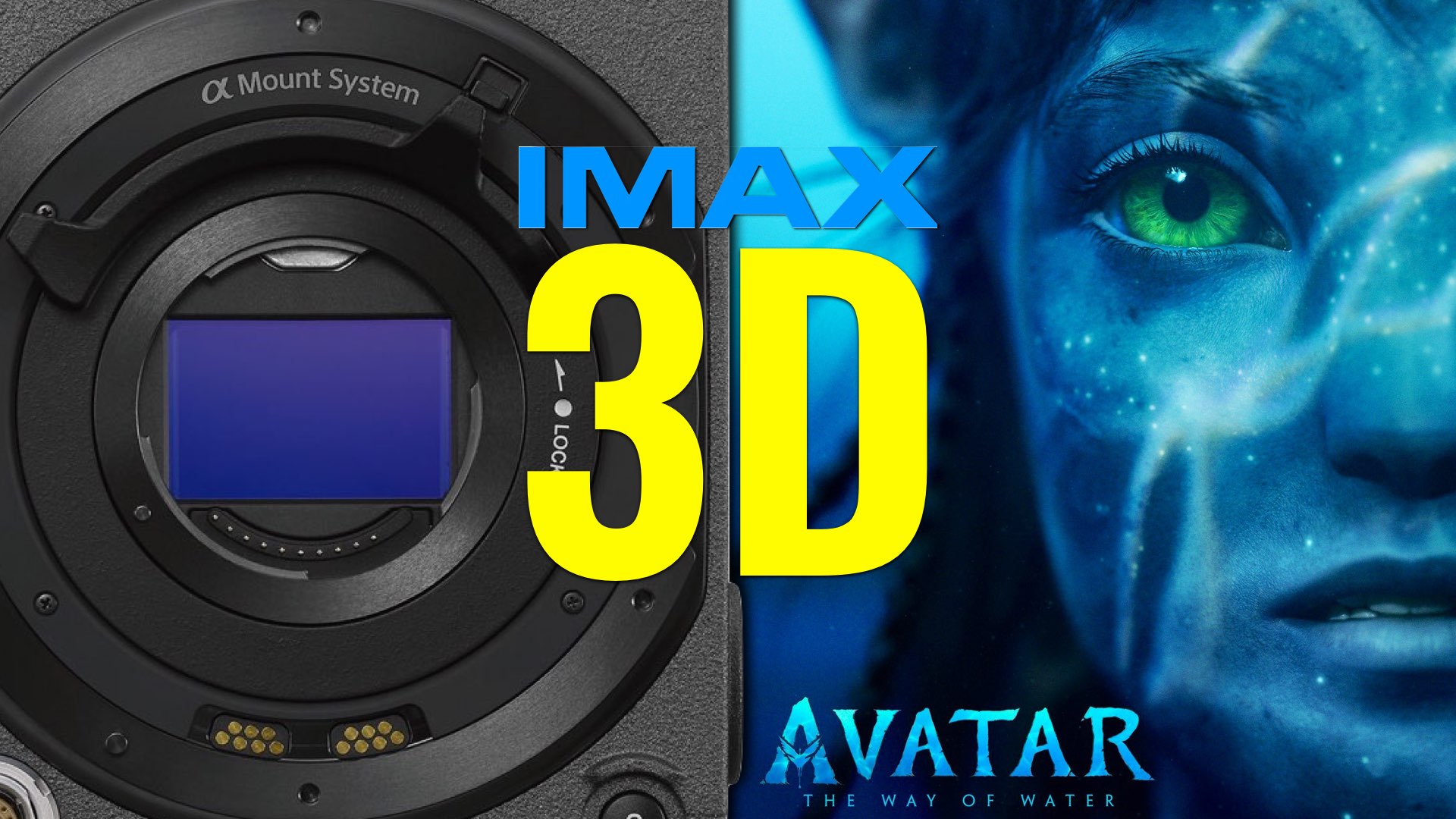
Avatar 2: A lot of versions
The ultra-anticipated film —Avatar 2 — will be screened in multiple versions. “In fact, there will be more versions of Avatar 2 than any movie ‘in the history of movies; stated John Fithian, president, and CEO of the National Association of Theatre Owners. Furthermore, John elaborated that: “We are talking about high resolution, high frame rates, 3D, IMAX, PLF, different sound systems, and in 160 different languages”. Additionally, speaking at the Busan International Film Festival in South Korea, Director Cameron, and Producer Landau said that Avatar 2 will be offered in a wide variety of formats to support the range of theater installations, including the use of 3D, 4K, and a high frame rate of 48 frames per second. For instance, in Korea, the sequel will be screened in Screen X and 4D theaters, which are formats that were developed in the country.
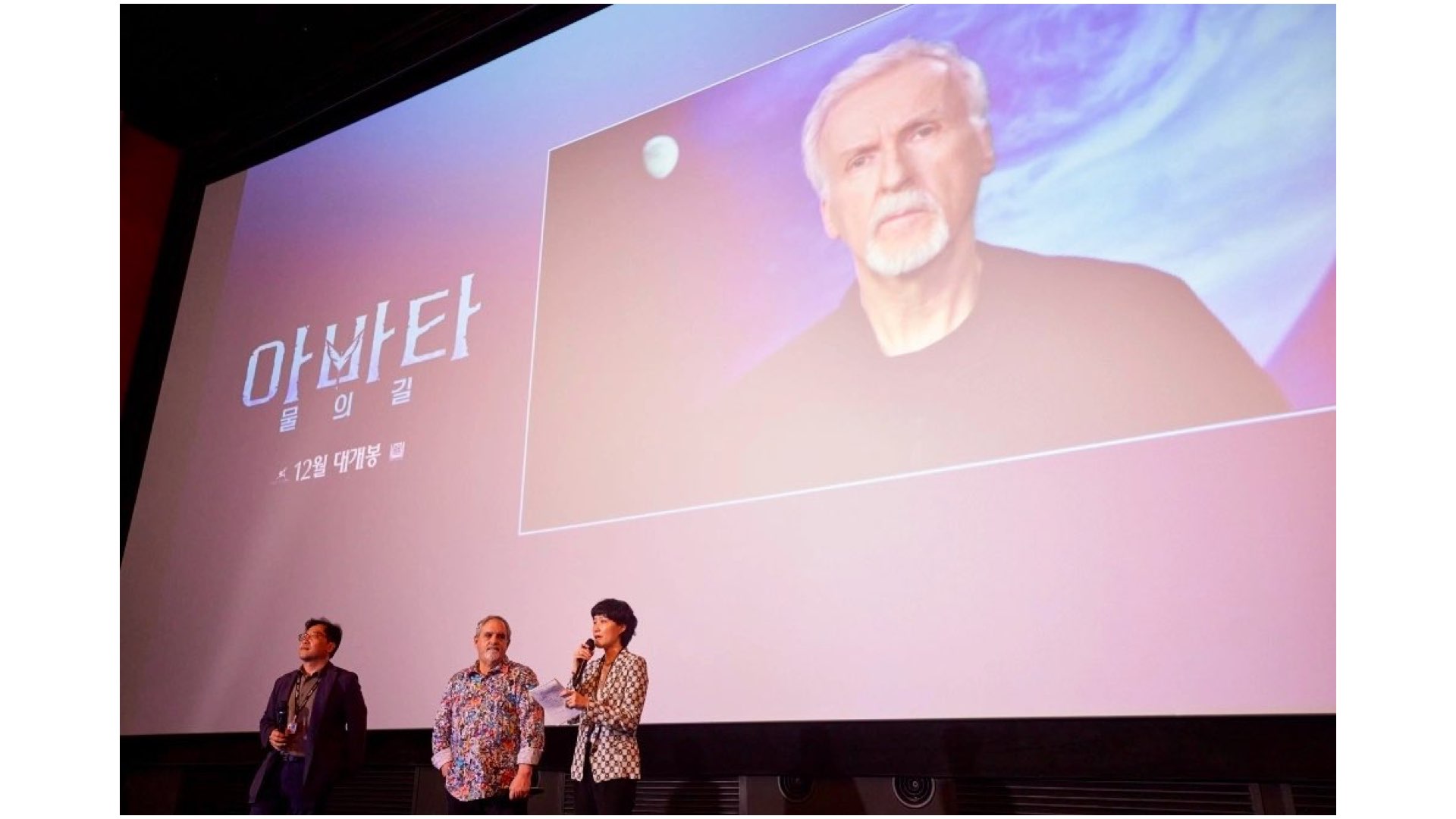
Significant imagery improvements
We’ve written a lot of articles about the cameras that were utilized to shoot Avatar 2: The Sony VENICE 3D which liberated creativity, especially regarding 3D cinematography. Indeed, Landau, mentioned lately that there are many technical improvements in the sequel compared to the 2009 film, with a specialized team of VFX artists developing revolutionary underwater motion capture technology. Furthermore, as for the 48FPS (Frame Per Second) — Cameron will be working within established digital cinema specifications which allow for digital cinema packages (DCP) screening at 48fps, which a majority of 3D-enabled cinemas can project.
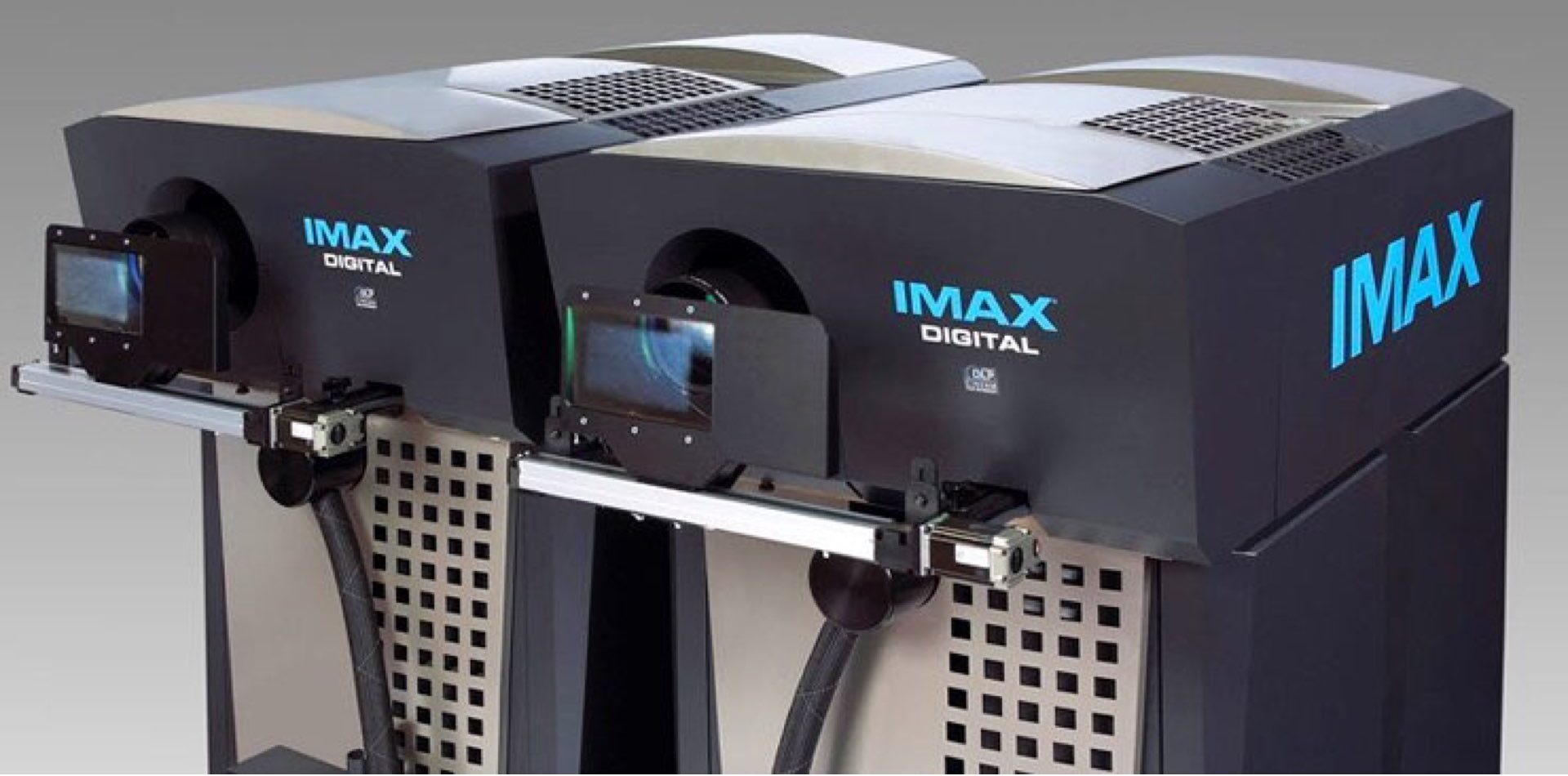
Hacking the 48FPS
Yap. Cameron insists on screening (and capturing) in 48FPS. He actually applied this HFR (High Frame Rate) in the remastered version of Avata 1, especially in the action-flying shots. Personal perspective: We watched the movie and the 48FPS was not an issue. It looked beautiful. Nevertheless, according to Variety, Cameron used a ‘simple hack’ to achieve HFR in Avatar 2 without impairing the cinematic look & feel. Cameron stated in an online conference at the Busan International Film Festival in South Korea: “We’re using HFR to improve the 3D where we want a heightened sense of presence, such as underwater or in some of the flying scenes. For shots of just people standing around talking, HFR works against us because it creates a kind of hyper-realism in scenes that are more mundane, and more normal. And sometimes we need that cinematic feeling of 24fps”. Furthermore, Cameron elaborated: “Can theatres support variable frame rate, switching back and forth within the movie between 24fps and 48fps? The answer is no, they just run it at 48fps. In any part of the scene that we want at 24fps, we just double the frames. And so, they actually show the same frame twice, but, but the viewer doesn’t see it that way. And so, we just we’re essentially using a simple hack to use the high frame rate platform that already exists.”
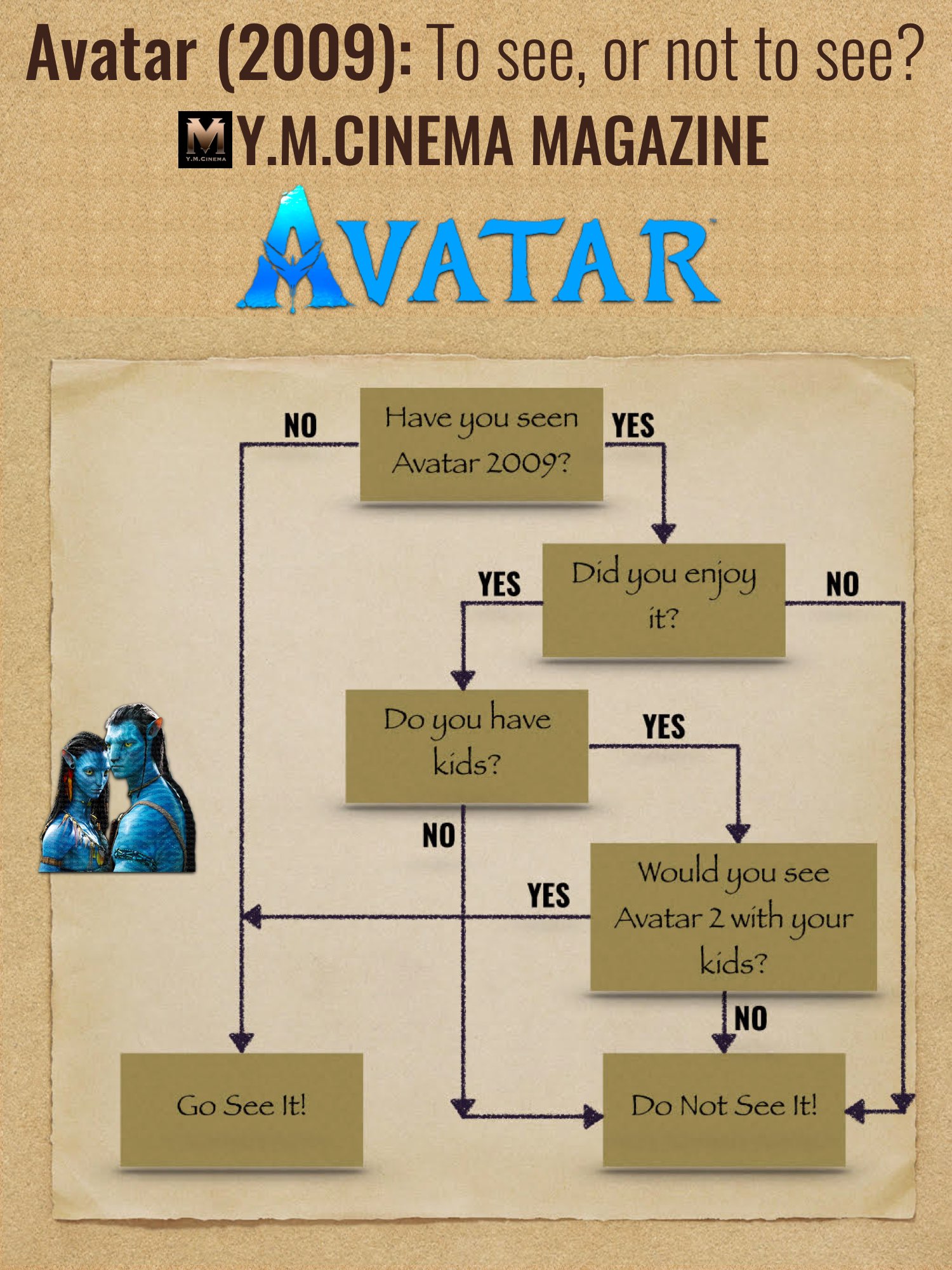
Doubling the frames?
Well, that sounds strange. Because doubling the frames will not add the cinematic motion blur characterized by the 24 frames per second. Think about that — Watching Avatar 2 on IMAX 3D in 48FPS. The action fast scenes will be screened at 48FPS, and the ‘regular’ scenes will be screened at 48FPS as well, but you will see it as 24FPS (without the motion blur…?). What are your thoughts about that? Feel free to throw them in the comments section below.

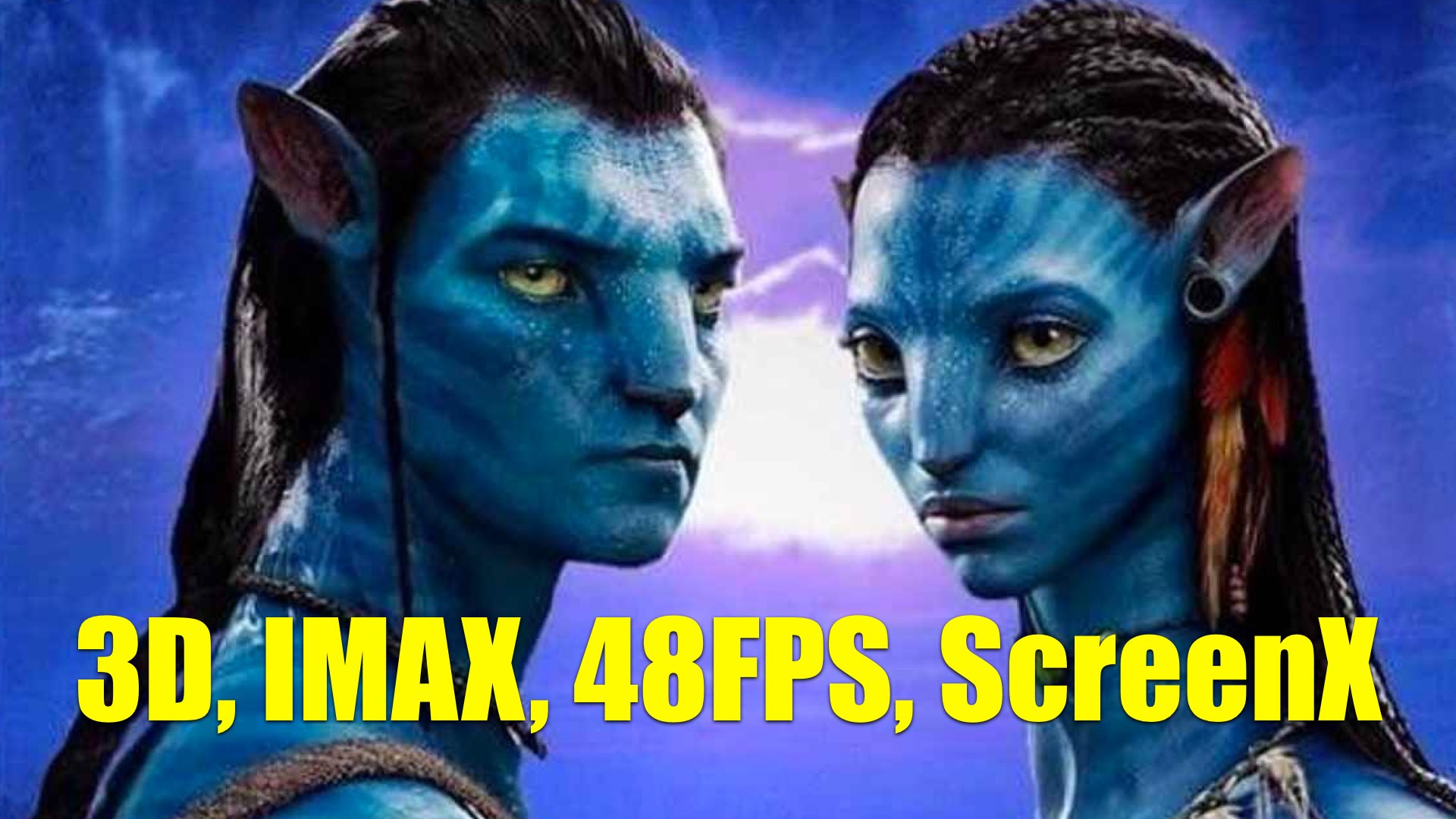

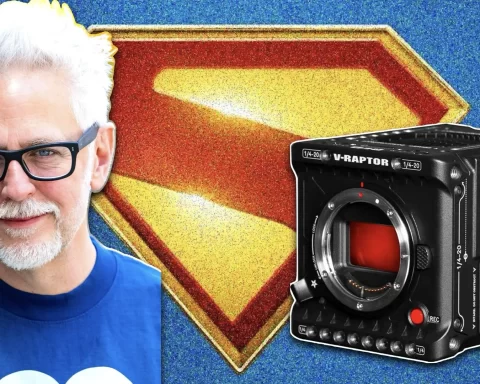
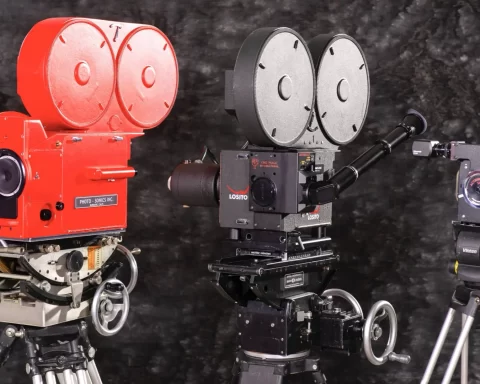
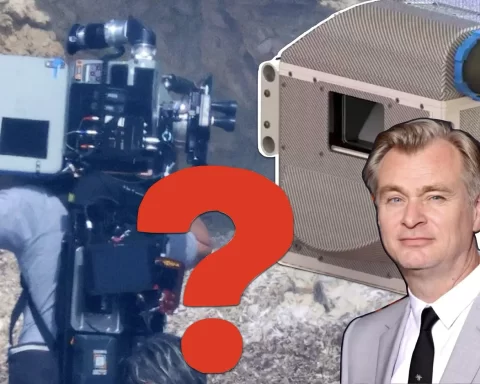
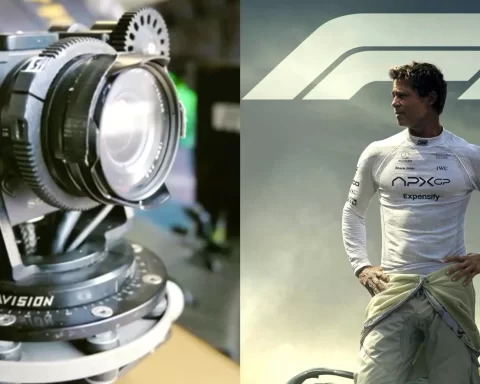
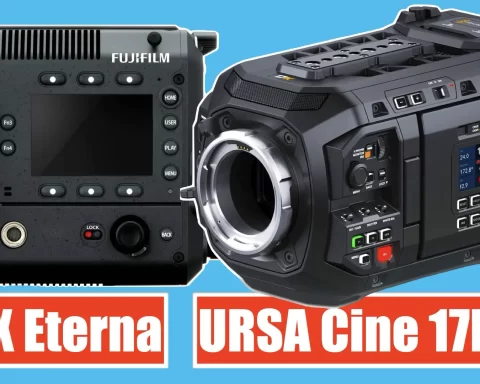

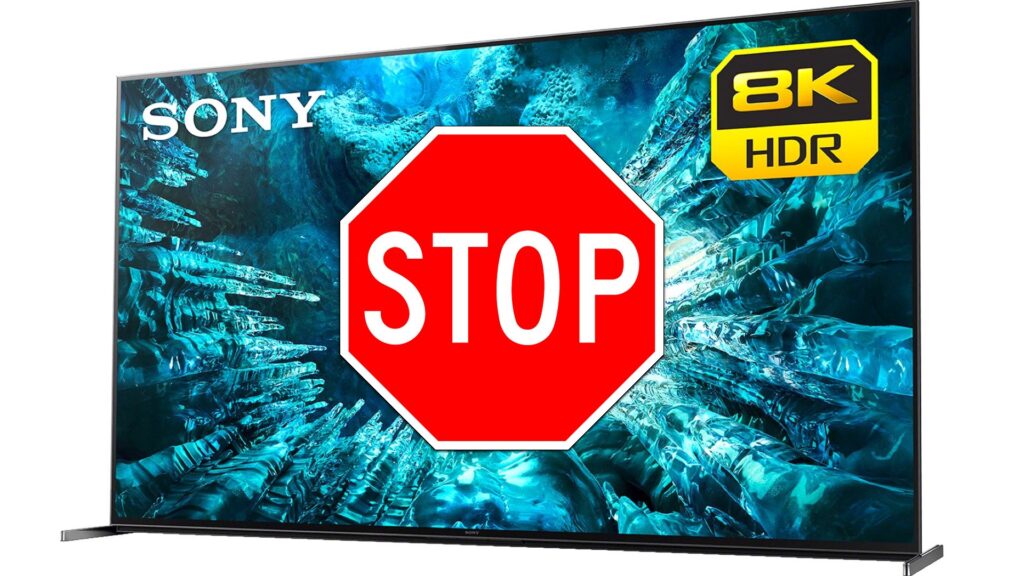
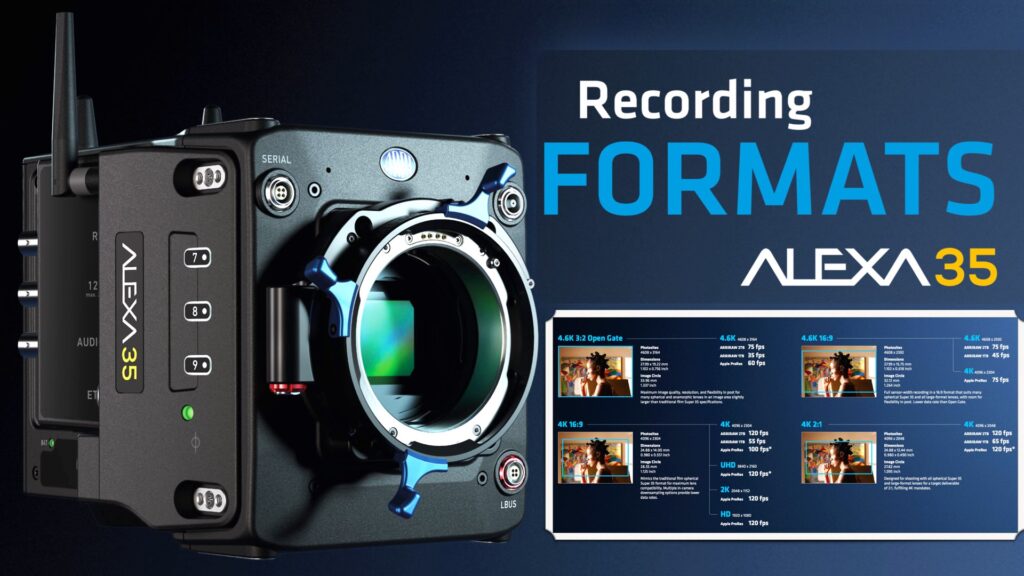
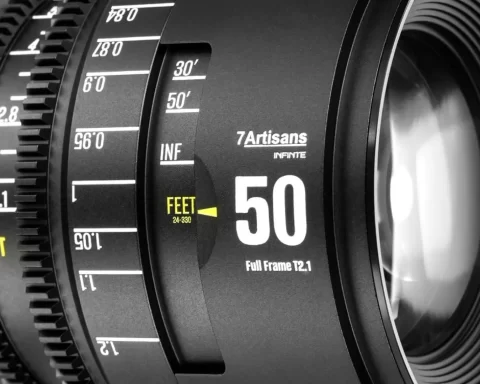
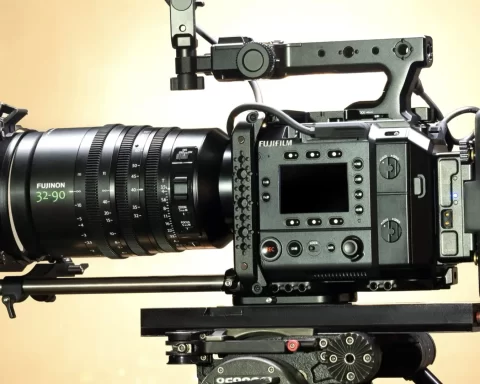
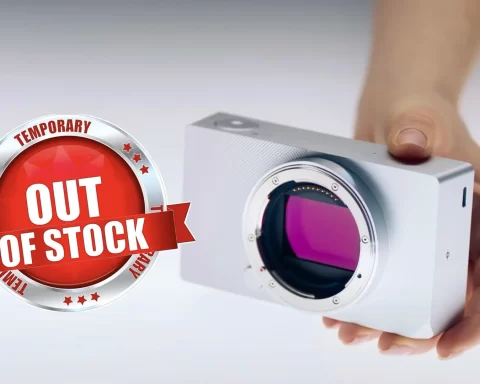
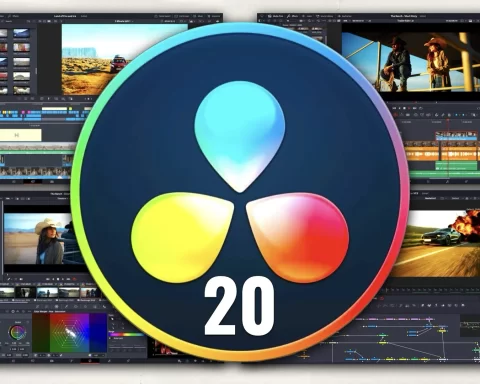
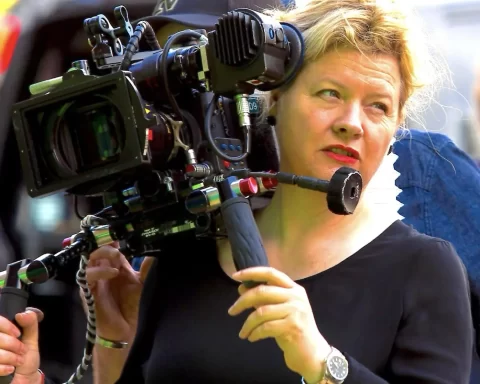
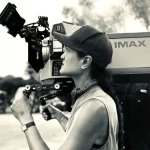
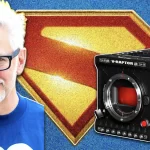
The frame rate may be a bit of a tougher sell though. When The Hobbit: An Unexpected Journey debuted its 48fps HFR version, it was divisive. Some loved the realistic look, while others derided it as “too-realistic,” criticizing it for supplanting the textured cinematography audiences expect. It also highlighted what some saw as other technical failings that were unique to HFR, including lighting made for 24fps that was almost fluorescent in the new format. That didn’t seem to hurt the box office though, as the first two films of the trilogy have earned nearly $2 billion worldwide.
Hi Yossi,
The motin blur in the 24fps-doubled-to-48fps will remain, no harm done. It is no more or less than what 100/120Hz TVs did, what the OLEDs do (or other high-freq-displays) and often enough high-scale LED walls, when high-fps footage is not available.
Actually an interesting approach, respecting the subjective feelings to the „soap-opera-look“ and its ‚divisive‘ perception as mentioned by Morvarid, letting recipients fall back to the accustomed feelings associated with lower fps and enjoy temporally high-detailed information at their respective ideal scenery.
While not being a fan of it, I can imagine trying it once again after being highly disappointed by the Hobbit soap opera.
Can we expect 2D 4K 48 FPS version?
I like the push towards higher fps but I still think it should be higher.. like 60. I’ve grown so accustomed to my 240hz screen and high refresh rate gaming content to the point where the first 20 minutes of any movie or so gives me “lag” sickness. I know 240fps is a high ask, but I wish they would at least standardize 60fps: we have the technology, and its objectively a higher-quality format.
I really don’t get your comment. Unlike games, movies are not interactive, so I don’t understand how “lag” could be an issue in films. There is no input, so there can be no lag.
I think using 48 fps refresh by doubling the 24 fps should still look cinematic. It’s not so much how often the image refreshes but how often the motion in the scene updates.
My AppleTV gives me the option of outputting 60fps or the native 24fps for films. I keep it at 60fps because it causes less delay when switching between different frame rates. I’m not using any motion smoothing or odd features like that on my display. The AppleTV is basically just repeating frames to make the 24 frames fill out 60. I can’t see a difference between it sending 60fps vs 24fps on film based material. As long as the display isn’t trying to fake the in-between frames, the motion should still appear cinematic.
I like where Cameron is going with this and perhaps switching between 24 to 48 when the scene could use it will make HFR an exciting cinematic experience that does not feel like watching a soap opera. I haven’t liked HFR movies in the past like Gemini Man and The Hobbit due to that effect.
I will be seeing HFR 3D IMAX for sure, or hopefully Dolby Vision HFR 3D. Since “Billy Lynn’s Long Halftime Walk” shot and screened at 120 FPS my 3D viewing experiences in HFR have been so much more comfortable, enjoyable and immersive, especially on the dual projector situations for simultaneous frames for each eye (check your Dolby Vision theatres for this). Glad James Cameron shows us that 3D storytelling will continue. The Sony Venice looks great on the lightweight “Fusion 3D rigs” designed by Vince Pace for Avatar 1.